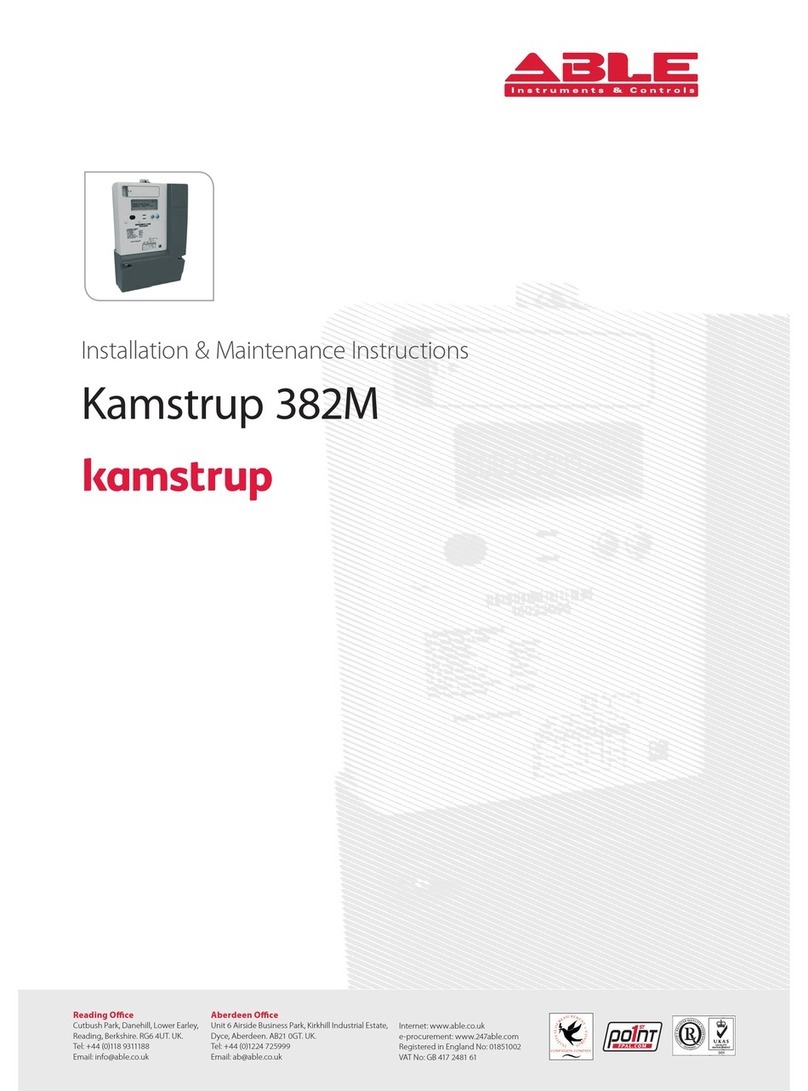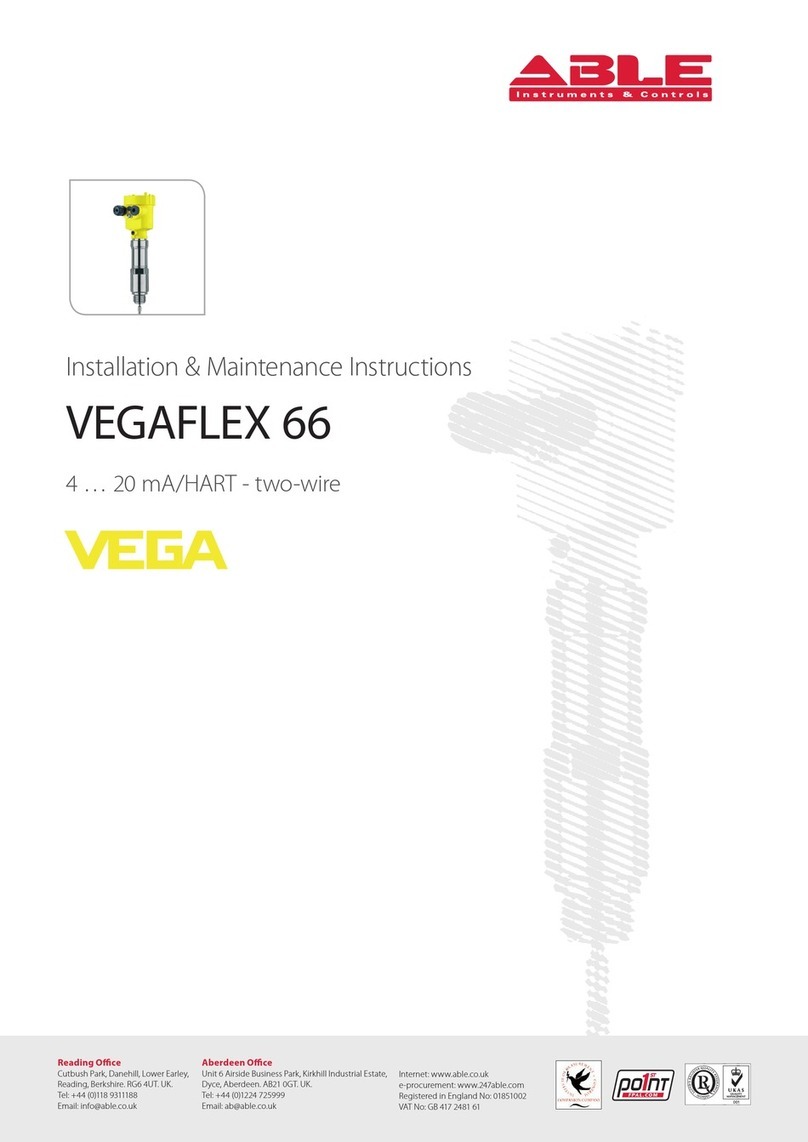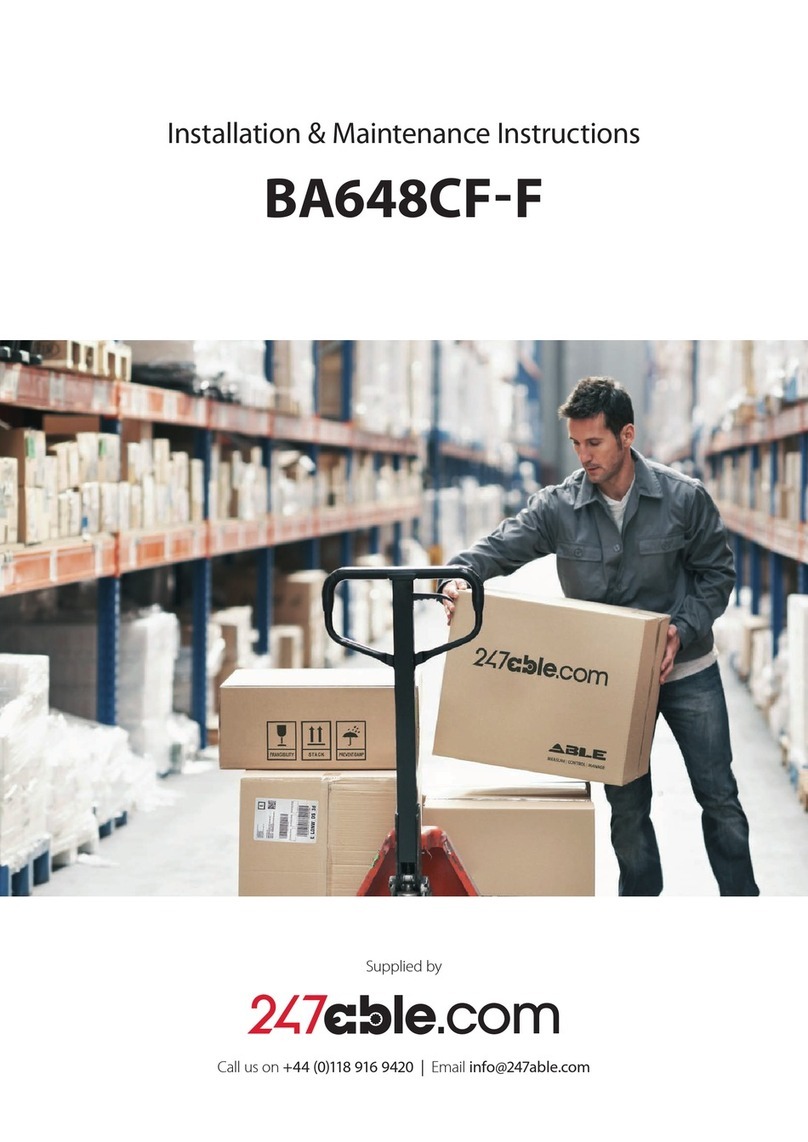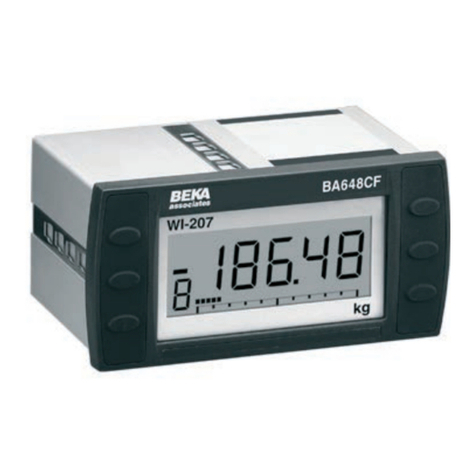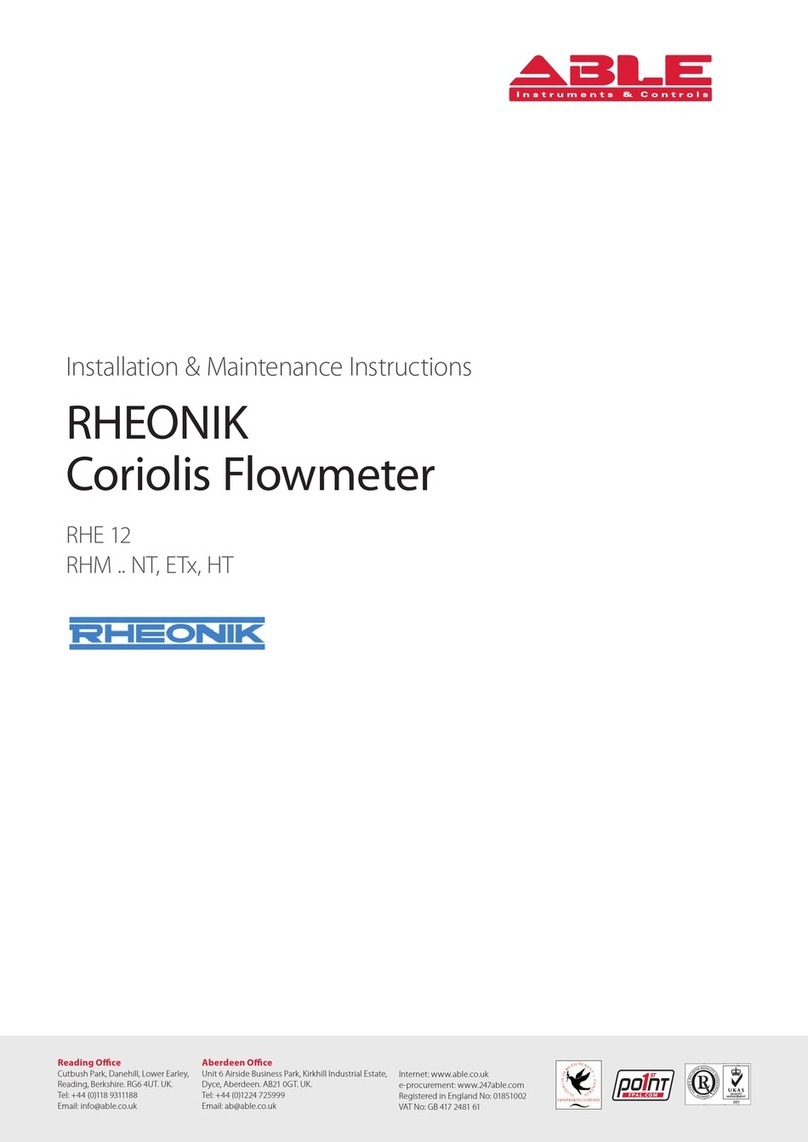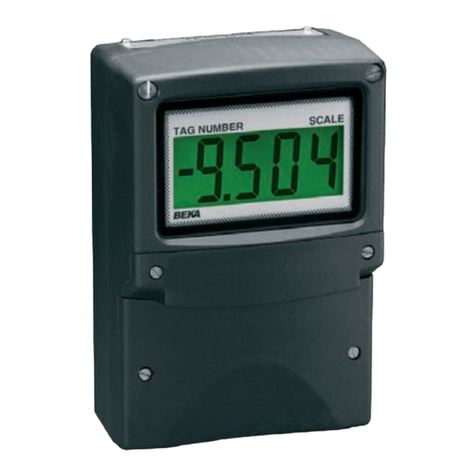
Page 4
1. WARNINGS AND SAFETY INFORMATION
The VP-Series Moisture Analyzers comply with the
Underwriter Laboratories Inc. standards and European Council
Directives for Electrical Equipment for Laboratory Use,
electromagnetic compatibility, and the stipulated safety
requirements. However, improper use or handling of
instrument can result in damage to equipment and/or injury to
personnel.
The VP-Series Moisture Analyzers are identified as
Equipment Class I, Pollution Degree 2, and Installation
Category II.
Read this manual thoroughly before using your moisture
analyzer to prevent damage to the equipment. Keep these
instructions in a safe place. An up-to-date electronic copy of
this manual can be obtained by calling AZI Customer Service
at 1-602-470-1414 or 1-800-528-7411.
The following instructions will help to ensure safe and
trouble-free operation of your moisture analyzer.
•Use the moisture analyzer only for performing moisture
analysis of samples. Any improper use of the analyzer can
endanger persons and may result in damage to the
analyzer or other material assets.
•Do not use this moisture analyzer in a hazardous
area/location; operate it only under the ambient conditions
specified in these instructions.
•Although the moisture analyzer is simple to operate and is
very user friendly, it should only be operated by qualified
persons who are familiar with the properties of the sample
being analyzed.
•Ensure, before getting started, that the voltage rating
printed on the manufacturer's label is identical to your
local line voltage, see the section beginning on page 11.
•The VP-Series Moisture Analyzer is provided with a
power cord that has a protective grounding conductor. Do
not operate the unit without the supplied three-wire power
cord or an identical recognized equivalent that meets all
applicable standards.
•AZI does not recommend the use of an extension cord.
However, if one must be used, use an extension cord that
meets all applicable standards and has a protective
grounding conductor.
•Do not remove the protective grounding wire from the
power supply circuit.
•With the power switch off, power is still applied to the
power entry module. Disconnect the power cord from the
instrument to ensure complete power removal.
•Position the power cable so that it cannot touch any hot
areas of the moisture analyzer.
•Use only AZI supplied accessories and options with VP-
Series Moisture Analyzers or check with AZI before
using any third party accessories, such as printers and
analytical balances, to verify compatibility.
•If there is visible damage to the VP-Series Moisture
Analyzer or its power cord, unplug and isolate the unit
first and then call Customer Service.
•Do not open the analyzer housing. There are no user
serviceable parts or adjustments inside the unit except as
listed in this manual. Any maintenance inside the unit is
to be performed in strict adherence to the manual
procedures or by factory-trained technicians only. Any
unauthorized inspection and/or maintenance of the VP-
Series Moisture Analyzer will void the warranty.
Prevent excess heat build-up around the analyzer
•When setting up the moisture analyzer, leave enough
space to prevent heat from building up and to keep your
analyzer from overheating. Leave 20 cm (about 8 inches)
around the moisture analyzer and 1 meter (about 3 ft.)
above the unit.
•Do not put any flammable substances on, under or near
the right side of the moisture analyzer. The area around
the Temperature Calibration Interface opening may reach
the temperature of the oven.
•Use extreme care when handling the discharged sample
bottle. Although the bottles may cool rapidly, they are
still very hot when the transport removes them from the
oven.
HAZARDS FOR PERSONS OR EQUIPMENT POSED
BY USING SPECIFIC SAMPLES: Flammables;
explosives; substances that contain flammables, explosives,
solvents; and/or substances that release flammable or
explosive gases or vapors during the drying process.
•If flammable or explosive liquids are tested, the gasses
escaping through the back of the unit are still dangerous
when they are exposed to the atmosphere. Fume hoods
may offer partial protection but the potential danger will
still be present. The user shall be liable and responsible
for any damage that arises in connection with the VP-
Series Moisture Analyzers and potentially harmful
substances.
•Substances containing toxic, caustic or corrosive
substances may be analyzed with the unit in an
appropriate fume hood only. The fume hood must keep
the work area below the lower toxic limit established by
appropriate standards.
